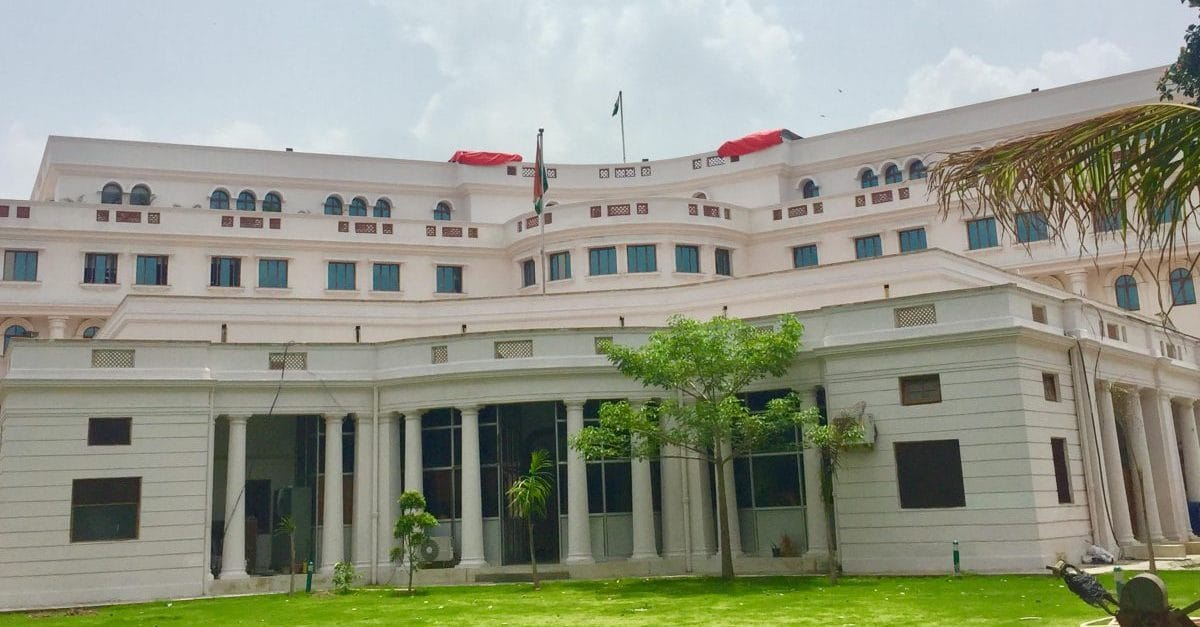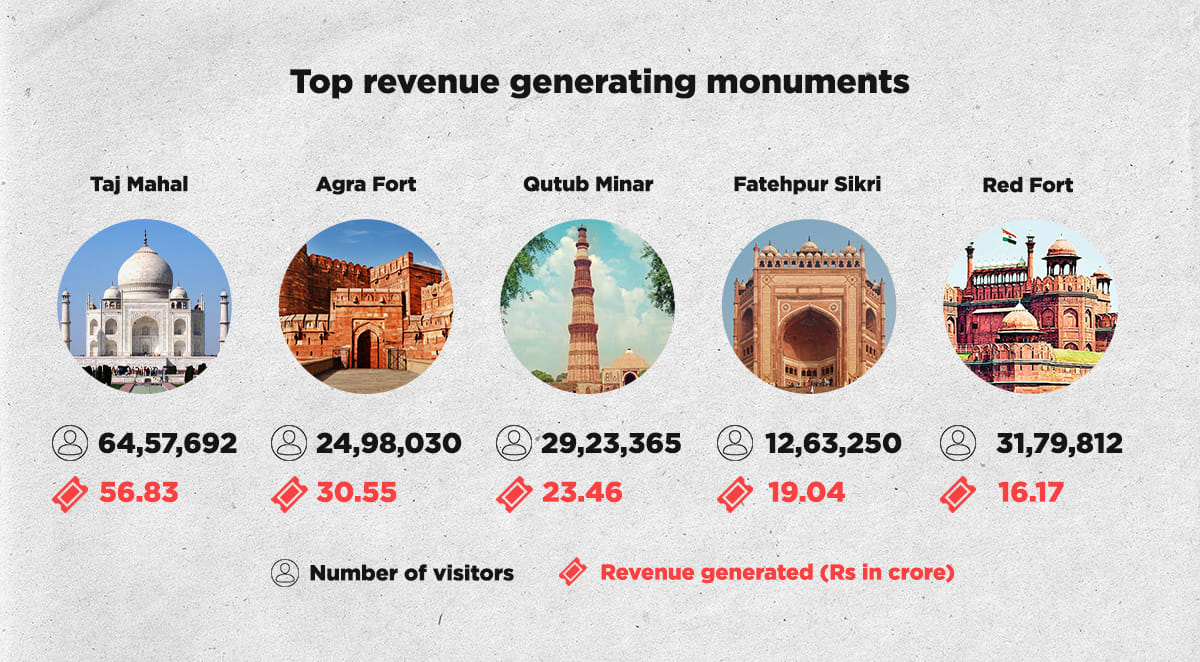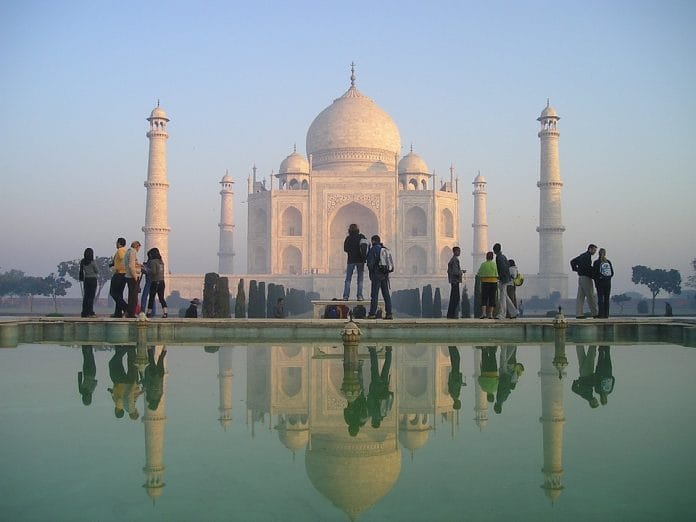An official of the Archaeological Survey of India, however, said the comparison was not fair, since the building’s construction was a ‘one-time affair’.
New Delhi: While most of India’s heritage monuments continue to be in a shambles, it turns out that the Archaeological Survey of India (ASI) spent more money over the past two years to build its swanky new headquarters than it did on conservation of over 3,600 monuments in a year.
According to data accessed by ThePrint, while the ASI — the apex body to protect and conserve monuments — has spent Rs 305.3 crore on its headquarters since 2016, it shelled out no more than Rs 206.55 crore in 2017-18 on the conservation of the 3,686 centrally protected monuments under its care.
The ASI’s office recently shifted from Delhi’s Janpath to Tilak Marg.
“The old building will now be given to the National Museum,” a senior ASI official said. Prime Minister Narendra Modi will inaugurate the new ASI building later this month, the official added.

However, the official said, it was “unfair” to compare the money spent on the new building with conservation expenditure, since the former is a “one-time investment”.
“From now on, we will incur bare minimum maintenance costs for the office, while the monuments will continue to be conserved with the same amount,” the official said.
Falling funds
The Centre’s ‘Adopt a Heritage’ scheme, which encourages cooperation from public and private entities to preserve and develop places/monuments of significance, invited much censure recently when a deal was signed with Dalmia Bharat Group for the Red Fort.
The deal, which has since been reportedly put on hold, was projected by some people as the “contracting out of India’s heritage to private groups for a fee”.
However, little criticism has been forthcoming for the paltry amount spent by the ASI on the conservation of some of the country’s most famous monuments over the years.
The ASI only shelled out Rs 151.3 crore on all monuments in 2017-18 –less than the amount earned by the top 10 revenue-generating monuments of the country. This expenditure does not include the sum spent on horticultural activities.

What’s worse is that the expenditure has been declining over the last few years. In 2014-15, the ASI spent Rs 14 crore on the conservation of monuments that fall under the Agra circle, which includes world heritage sites such as the Taj Mahal, Agra Fort and Fatehpur Sikri, along with five other centrally protected monuments.
In 2017-18, the amount fell to Rs 8.5 crore. In the same year, the Taj Mahal, Agra Fort and Fatehpur Sikri alone generated revenues to the tune of Rs 88.42 crore.
The expenditure incurred on the Chennai circle fell from Rs 10.70 crore in 2014-15 to Rs 4.6 crore in 2017-18, and that on the Hyderabad circle from Rs 9.98 crore to Rs 3.5 crore.
According to the deal between the Centre and the Dalmia Bharat Group, the company was expected to spend Rs 25 crore for five years — an average of Rs 5 crore a year — on the upkeep and conservation of the Red Fort alone.
The ASI has divided the heritage sites it oversees into over 20 circles, depending on their geographical location. ASI officials could not share details of the expenditure incurred on individual monuments since they said the agency only disbursed the amount to the circles, which, in turn, gave it to various monuments.
The exceptions
There are exceptions to this trend of expenditure cuts, but they are few in number.
The expenditure incurred on the Delhi circle, for instance — which was bifurcated in 2016, and a ‘mini circle’ created — was Rs 14.99 crore in 2014-15. In 2017-18, the amount was increased to Rs 15.41 crore. The Delhi circle too includes world heritage sites such as the Red Fort, Humanyun’s Tomb and Qutub Minar, in addition to several other monuments, many of which lie in abject neglect.
The other exceptions include the Mumbai and Nagpur circles in Maharashtra, the Dharwad circle in Karnataka, the Bhubaneshwar circle in Odisha, the Guwahati circle in Assam and the Vadodara circle in Gujarat.
The expenditure on all of the other circles has reduced since 2014.
However, the budget given to the ASI by the culture ministry is not an issue, an official said. “There is enough money, and as and when a monument requires more money, we disburse it,” the official said.
ThePrint sent formal queries to the ASI regarding the reduction in expenditure, but there was no response till the time of publishing.







What a shame!! Thanks for reporting this.